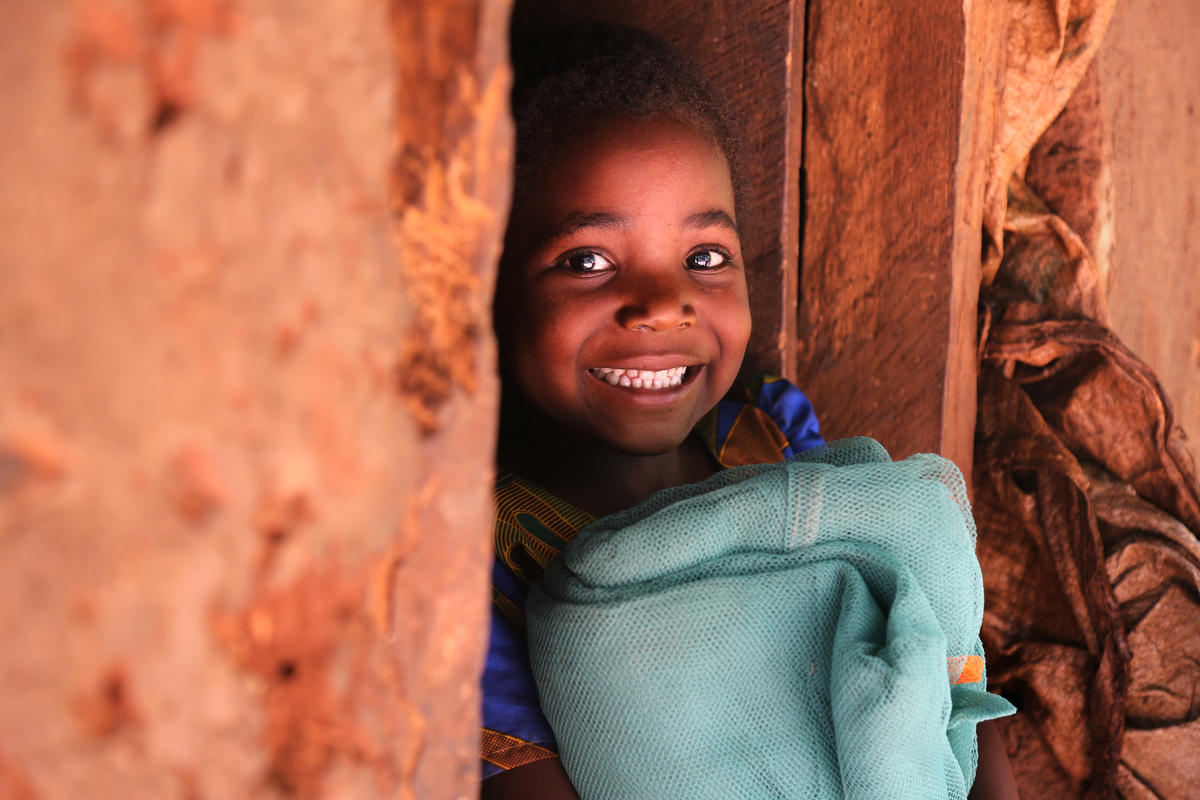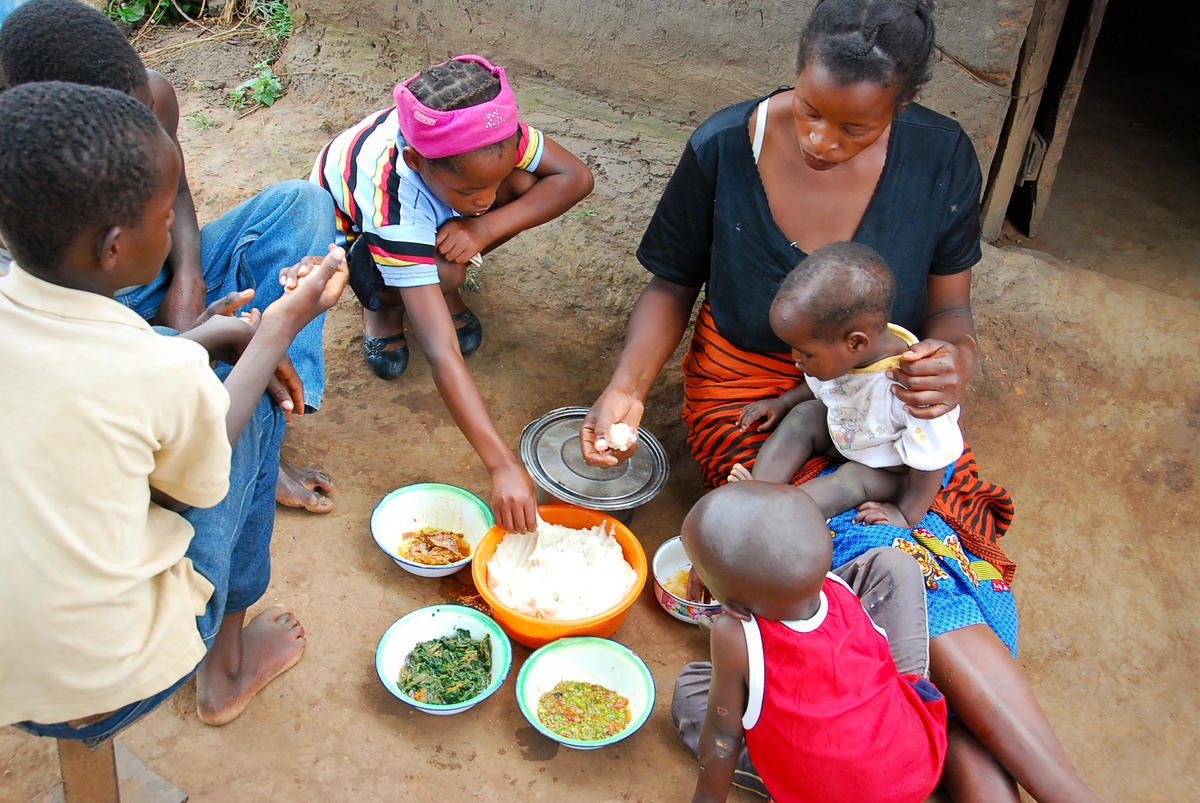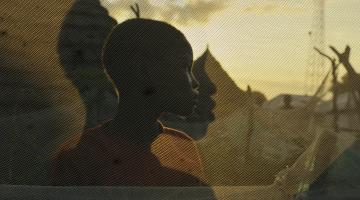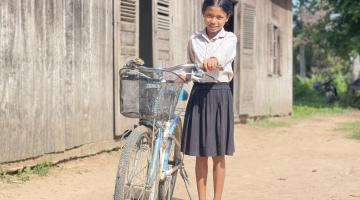Culture, Food and Traditions in Zambia

Demographics:
Zambia is expected to experience rapid population growth in the century. Zambia was originally inhabited by the Khoisan people and was colonized during a Bantu expansion in the 1200s - resulting in 72 ethnic groups, with most of its people speaking the Bantu language. Social stratification is still very prominent in Zambia, and the most obvious symbols are the houses that individuals live in.
Greetings:
English is the official language and is widely used in Zambia. However, with the myriad of tribes in the country, it may be beneficial to learn a few local phrases, especially in the Nyanja language. Common greetings include “Mwauka bwanji”, “Muli bwanji” and “Zikomo” which means good morning, how are you and thank you, respectively.
Traditional costumes:
For women, the traditional costume consists of a loose dress that covers most of the body, and must not go above the knees. For men, the costume consists of long trousers and loose-fitting cotton shirts.
Days of celebration:
Many of the Zambian festivals are connected to nature and celebrated in tribes - such as Kuomboka and Kazanga. Kuomboka is celebrated by the Lozi people to mark the end of the rainy season and for over 300 years, drums have been used to signal to get out of the water and onto dry land. On the other hand, Kazanga is one of Zambia’s oldest ceremonies, celebrating the traditions of the Nkoyo people.
Local food:

A Zambian family eating their lunch, Nshima, served with chicken, pumpkin leaves and okra.
Zambians also pride themselves for the variety of traditional food that has been passed down through generations. Some note-worthy foods are the Nshima which is also considered the country’s staple food and Vitumbuwa. Nshima is made from corn that is processed into a fine white powder and served with meat or fish. Vitumbuwa is a famous tea-time snack - fried dough balls of flour, sugar, yeast and water.
Fast facts:
- Traditionally, people marry within their tribe.
- Music and dance is a very important aspect - each tribal unit has its own dance forms.
World Vision empowers children and their communities through Child Sponsorship and because of the support of our donors every 60 seconds a family receives the tools to overcome poverty.
Learn about the culture, food and traditions of other countries we are supporting
Bangladesh | Cambodia | China | Ethiopia | Indonesia | Jerusalem-West Bank | Mongolia | Myanmar | Nepal | Philippines | Sri Lanka | Thailand | Vietnam | Zambia








